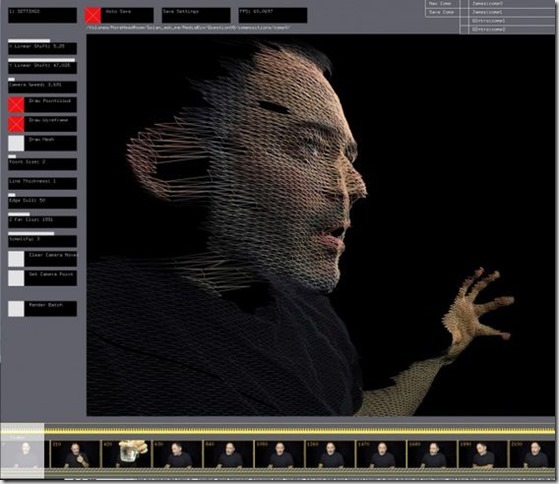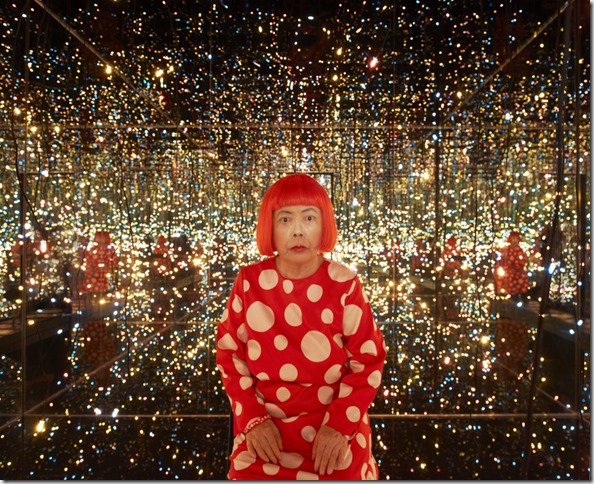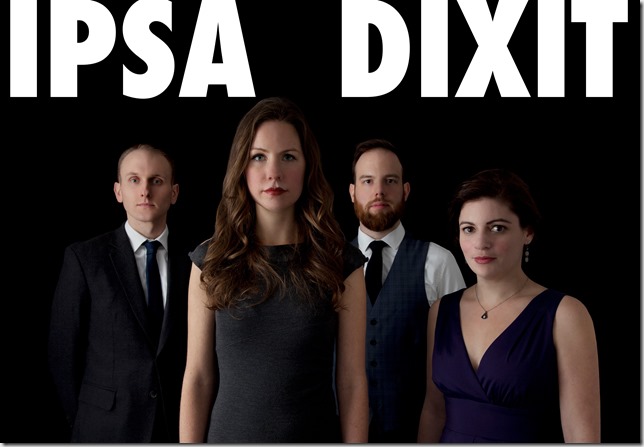There are roughly three classifications of experiences we can build in Mixed Reality:
The first is the enterprise experience, which can unfairly be encapsulated as people looking at engines.
The second is the gaming experience, which can unfairly be encapsulated as squirrels playing with nuts (I’m looking at you, Conker).
And then there is art, which no one is currently doing – but they/we should be. HoloLens is the greatest media shift to happen in a long while and the potential for creating both unique entertainment and transcendent experiences is profound.
Although we typically don’t think in this way regarding the HoloLens, we can. Here are three (highly recommended) sources of inspiration for anyone interested in the Arts and Mixed Reality’s bigger potential:
https://medium.com/volumetric-filmmaking James George and the people behind the RGBD depthkit are taking volumetric filmmaking head-on with a new online journal about story telling in virtual spaces. If you know these guys already, then it’s a no-brainer, but if you don’t, here’s a primer: https://vimeo.com/42852185
Yayoi Kusama is finally getting a big showing of her Infinity Mirror art at the Hirshhorn Gallery – which has already increased membership at the Hirshhorn 20x. The effects that she is producing has an obvious relationship to what we do with light – and really what we have been doing in a more or less straight line from the Surface table to the Kinect to projection mapping and now this. It’s playing with light in a way that defies what we otherwise know about the world around us. What she does with mirrors we should be able to recreate in our HoloLenses.
Kate Soper’s 90-minute musical performance Ipsa Dixit is probably going to be the most difficult sell because it is the high-end of high art. Alex Ross in the New Yorker review of Ipsa Dixit starts off by saying the term genius these days is overused and should be retired, _but_ in the case of Ipsa Dixit … If you enjoy live performance, you know that there are still things that happen in the theater that cannot be reproduced in film and television, _but_ we can come a lot closer with mixed reality. We control 360 sound as well as 3D images the viewer can walk around. We can make either private experiences or shared experiences, and take advantage of the space the viewer occupies or occlude it. Works like Ipsa Dixit only come along once in a blue moon and they are difficult to get to see in the right way. With mixed reality, we have a medium that is able to capture the essence of genius performances like this and allow a much larger audience to experience them.
Between casual gaming and social media, the main influence of technology over the past 20 years has been to create a generation of people with extremely short attention spans. Where tl;dr started off as an ironic comment on our collective inability to concentrate, it has now become an excuse for shallow thinking and the normalization of aspergersy behavior. But it doesn’t have to be that way. Mixed reality has the potential to change all that, finally, and give us an opportunity to have a more human and thoughtful relationship to our tech.



